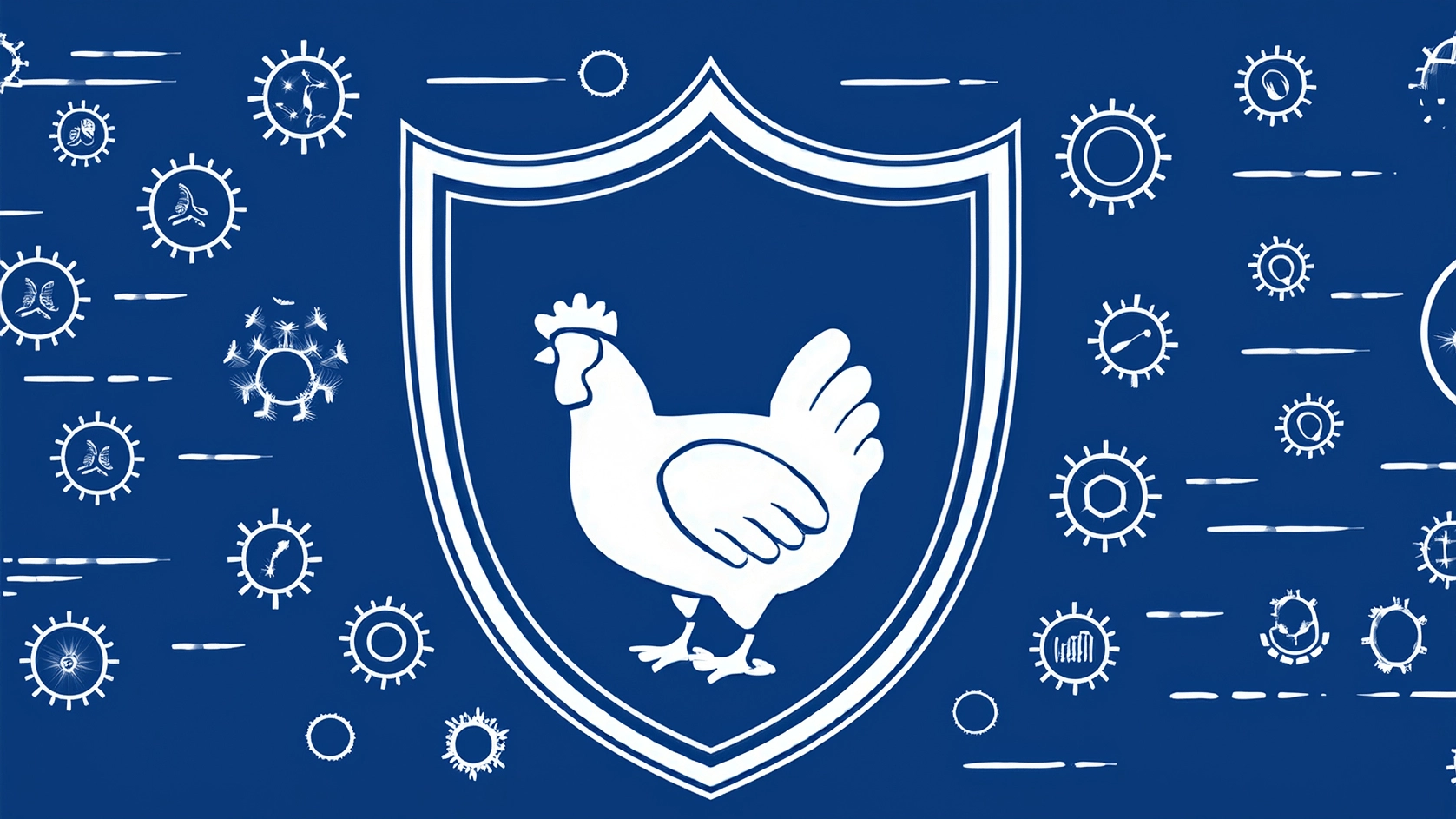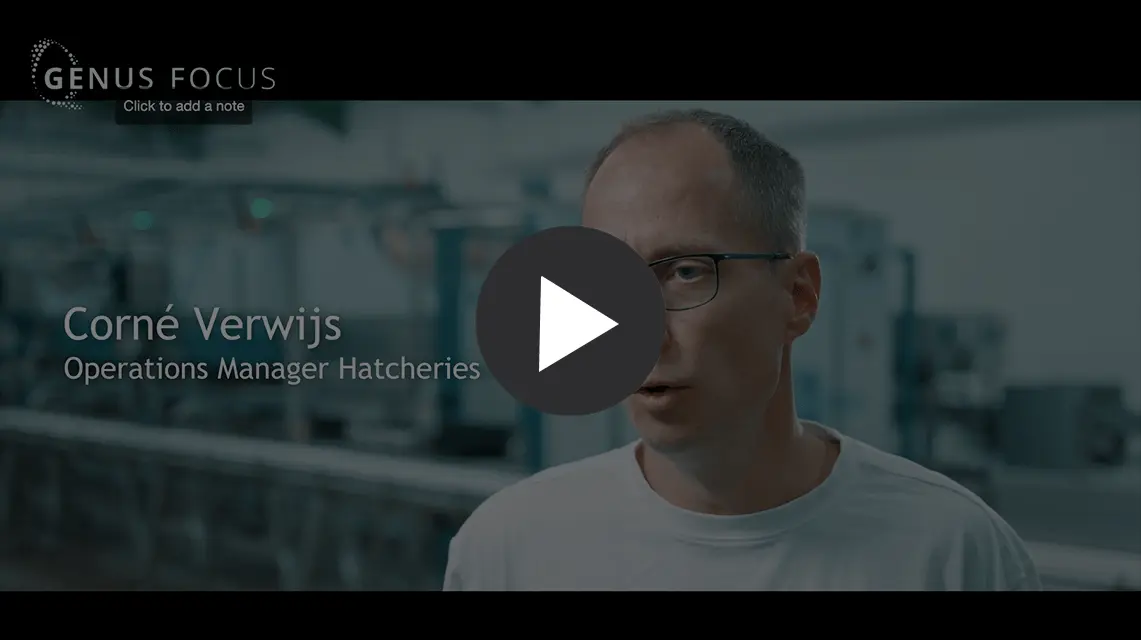Urgent Call to Action in U.S. Fight Against Bird Flu:
Vaccinate, Monitor, and Increase Data Visibility
Industry experts and researchers stress need for long-term strategy to prevent future bird flu outbreaks
April 2nd, 2025
In a highly informative panel discussion hosted by the American Enterprise Institute on Monday, industry experts and researchers urgently called on the U.S. government to improve its handling of the highly infectious avian flu. The goal is to quickly limit animal suffering, stop expenses and egg prices from soaring further, and, most importantly, prevent the virus from mutating and causing another pandemic. The panel was triggered by the recent renewed outbreak of the avian flu across the States and the resulting surge in egg prices. According to the expert panelists, the recipe for success includes vaccination, close monitoring, and increased visibility across different sectors. With the U.S. Department of Agriculture recently announcing a $100 million investment in bird flu (H5N1) vaccine research, a first step seems to have been made, but action cannot stop there.
Hosts Barry K. Goodwin and Vincent H. Smith, representing the American Enterprise Institute, welcomed industry expert Robert Yaman of Innovate Animal Ag, researcher Jennifer Nuzzo from the Brown University School of Public Health, and veterinarian Kay Russo from RSM Consulting. The panelists were united by their strong advocacy of innovation and the conviction that, although prices and numbers of infected flocks have begun to drop, current measures to stop the spread of bird flu are not sufficient; both for truly ending the current outbreak and for preventing future ones.
Vaccination and close monitoring can prevent future bird flu outbreak
Robert Yaman, co-founder of Innovate Animal Ag, a nonprofit think tank that accelerates the adoption of transformative technologies in animal agriculture, clearly voiced that the United States is not currently on track to ensure that an avian flu outbreak would not spike again and again over the next months and
Jennifer Nuzzo, Professor of Epidemiology and Director of the Pandemic Center at the Brown University School of Public Health, explained why simply waiting for the outbreak to ‘blow over’ is not an effective approach. The virus, jumping from one host to the next, would have ample time to mutate and develop into a variant that could range anywhere from mildly to severely dangerous to humans. Unwilling to risk another pandemic that could have serious social and economic implications (the COVID-19 pandemic cost the U.S. a total of $16 trillion), Nuzzo implores U.S. officials to take the outbreak seriously and act immediately. The reluctance to use existing testing methods to the fullest extent surprised the epidemiologist. As an example, it would be easy to test wastewater that already gets tested for COVID-19 for H5N1 as well. Better monitoring is key to stopping the further spread of the virus, said Nuzzo, and proposed widespread point-of-care testing on farms, which would mean a more rapid recognition of viral spread and enable faster responses.
Veterinarian Kay Russo added to the picture by explaining that the avian flu might be called avian flu, but had spread far beyond birds in the States. Dairy cows have become endemic hosts, and while they frequently survive infection, they transmit the virus. How transmission happens exactly is still unclear. Out of the 39 million laying hens lost in 2024, 28 million were infected with the bovine variant of the highly pathogenic avian influenza virus. Clearly, migratory waterfowl are no longer the main source of transmission in the U.S., and there might be further, yet unknown intermediate hosts.
This development is concerning for several reasons, one being that existing measures to stop the spread of H5N1, such as depopulating (culling) flocks, are no longer sufficient. With other species infected that are not being closely monitored, a different approach is needed in addition: vaccination. Vaccines, when used strategically—meaning they are used when needed and stopped when not needed—are a great tool, Russo explained. In France, this strategy, combined with close monitoring and the immediate stamping out of infected flocks, led to a 90% overall reduction in infected flocks. Even when vaccines failed to prevent infection, they succeeded in reducing the viral load that contributes to human risk and spread to other farms. Concerns were raised that, once vaccinated, it would no longer be possible to detect infected birds. However, if vaccinated with the H5 part of the virus only, as can be done, it is possible to differentiate between infected and vaccinated birds based on the existence of the additional N1 part. Vaccination and close monitoring, therefore, must go hand in hand. In a heartfelt call to action, Russo stated: “Policies regarding the health of animals and public health should be kept separate from trade policies. We do not have a year to sit on this.”
Innovation increases sector resilience
Innovative technologies have led to increased resilience of flocks and the poultry sector as a whole over the past years. Orbem’s state-of-the-art, contactless technology for in-ovo sexing, in-ovo fertilization status detection, and phenotyping exemplifies the cutting-edge advancements revolutionizing the poultry sector by enhancing its resilience against longstanding industry challenges. Our technology leverages Artificial Intelligence and Magnetic Resonance Imaging to offer precise, non-invasive solutions, ensuring high accuracy without compromising the hatching conditions. Removing clear or male eggs reduces waste and boosts economic efficiency for producers. Innovations like this are pivotal for building resilience against market volatility, addressing consumer demand for ethical products, and mitigating the risks associated with biological threats, solidifying the poultry sector’s readiness to face future challenges.
Other interesting articles
We Revolutionize Poultry
How Orbem reveals what is hidden behind the eggshell.
How the Genus Focus adds Value to Hatcheries with Full Automation
Discover Pluriton’s efficiency improvements after our installation.
Why we exist
The story of a purpose-driven deep tech venture.
Discover other milestones
Want to write about us?
We would love to hear from you!

Mariana Pradillo
Marketing Manager






